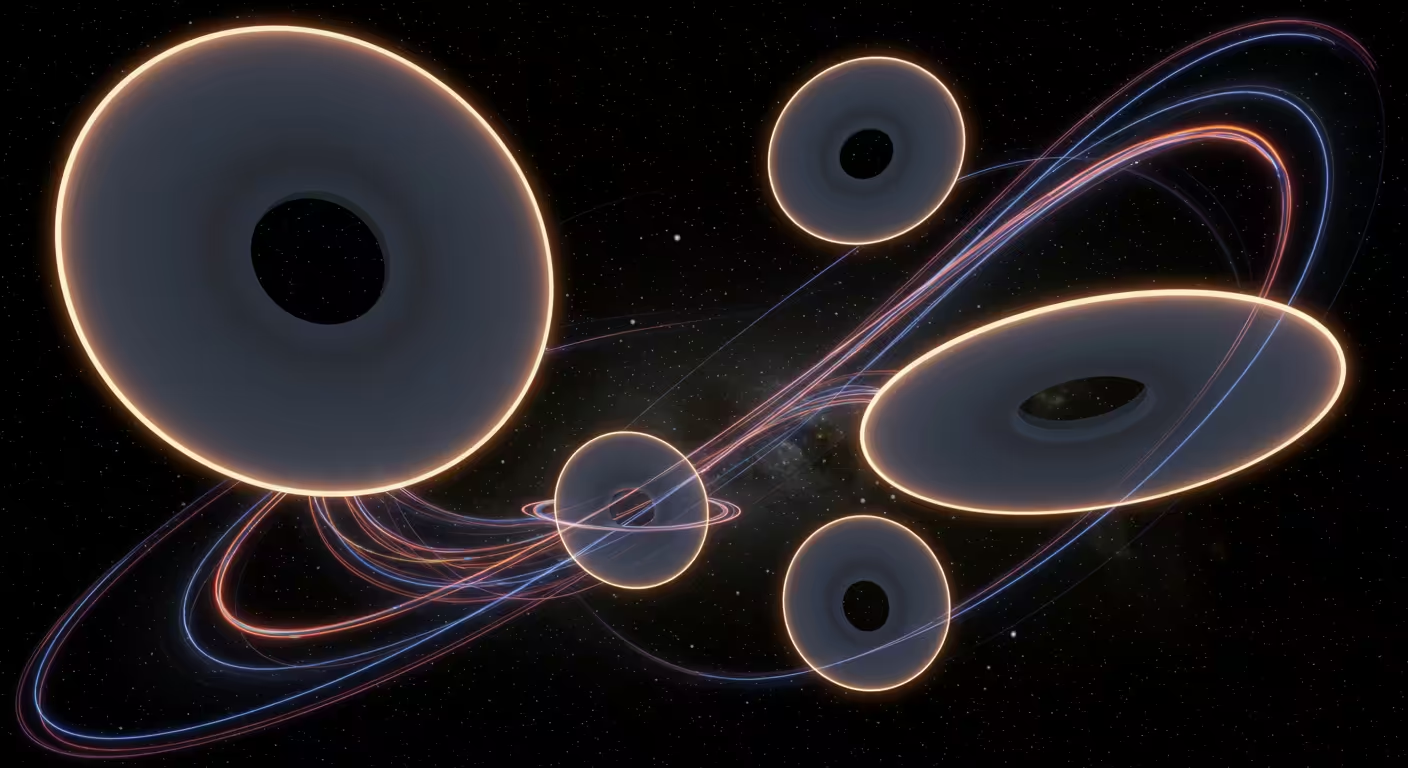- Sections
- Ruby
- Web Development
- Artificial Intelligence
- Urban Planning
- Astronomy
- Issue Navigation
- Previous Issue
- Next Issue
Wednesday, April 30, 2025
The Digital Press
All the Bits Fit to Print
Wednesday, April 30, 2025
All the Bits Fit to Print
Modeling exoALMA disks reveals masses, sizes, and angular momentum transport.

The exoALMA program studies protoplanetary disks by modeling their gas rotation to better understand disk masses, sizes, and angular momentum transport. This work reveals new insights into disk structure, gas-to-dust ratios, and turbulence levels across ten young star systems.
Why it matters: Accurate disk masses and sizes help clarify how planets form and how disks evolve around young stars.
The big picture: Disks are gravitationally stable with gas-to-dust ratios averaging about 400, higher than the standard assumed value of 100.
Stunning stat: The effective turbulence parameter α_S spans a wide range from 10⁻⁵ up to 10⁻², indicating variable disk viscosity.
Quick takeaway: Dust disk sizes may be influenced by substructures, and CO depletion could explain discrepancies with chemical models.